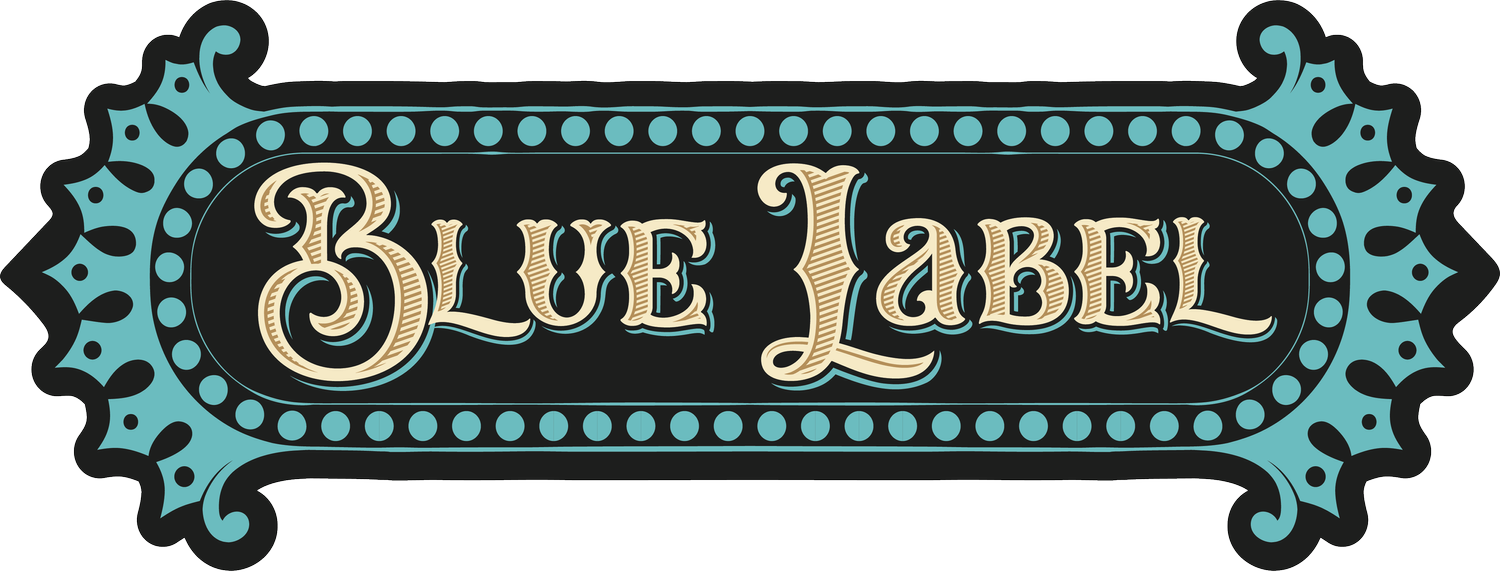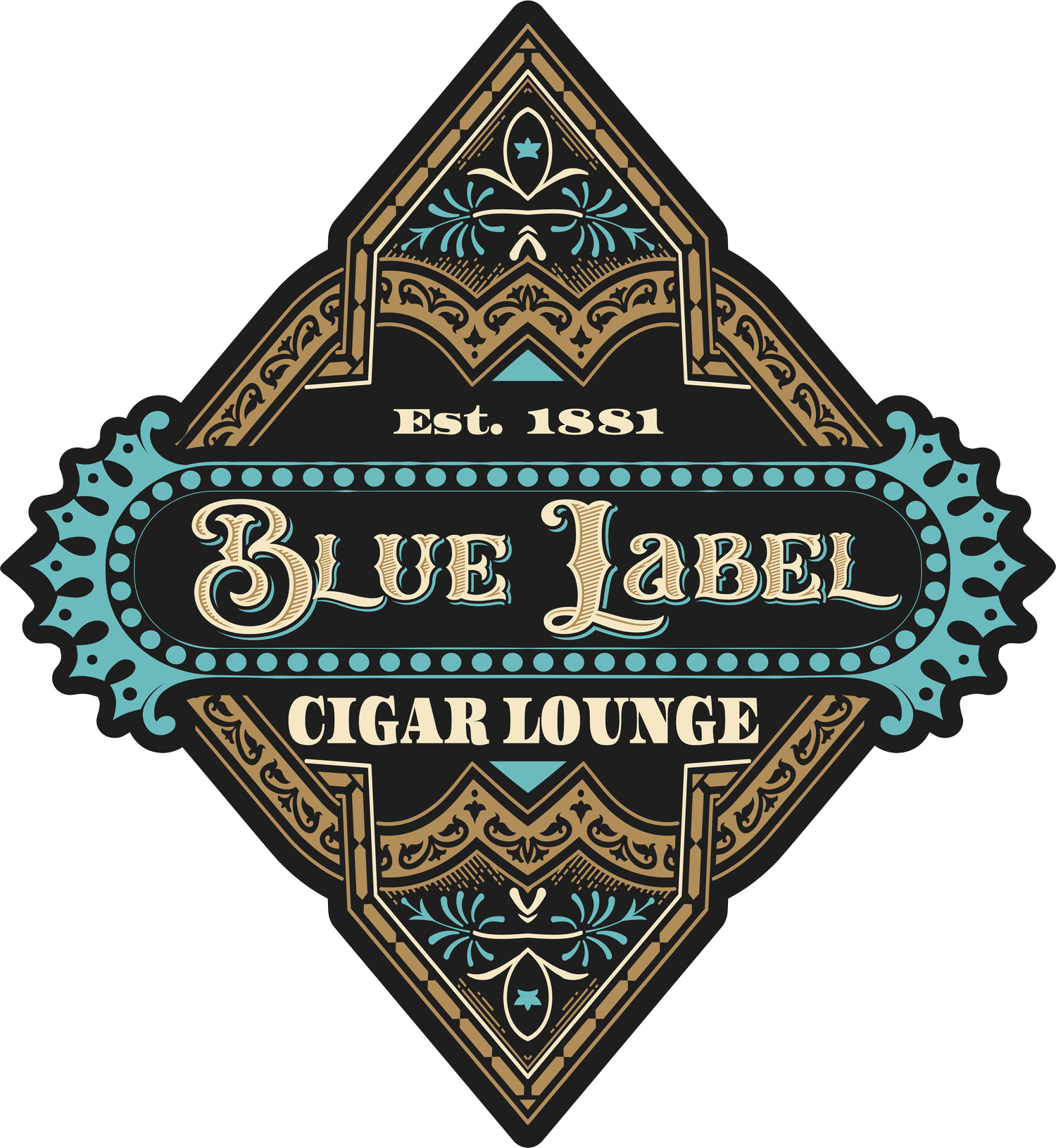Bottled In Bond Whiskey vs. Regular Whiskey: What’s the Difference?
What is Bottled In Bond?
By Wm. Egbert Jr.
Bottled-in-Bond Whiskey vs. Regular Whiskey: A Guide to Understanding the Difference
If you're a whiskey enthusiast or just getting into the world of spirits, you may have come across the term "bottled-in-bond." But what exactly does it mean, and how does it differ from regular whiskey? In this article, we'll break down the key differences, including the historical significance, legal standards, and what it means for your drinking experience.
Many cigar enthusists enjoy Bottled In Bond varieties to get to the most pure offering of their favored spirits.
What is Bottled-in-Bond Whiskey?
Bottled-in-bond whiskey is a product of strict regulations established under the Bottled-in-Bond Act of 1897. During the late 19th century, whiskey quality was highly inconsistent, and some products were even unsafe due to adulteration with harmful additives. To combat this, the U.S. government introduced this act to ensure a standardized, high-quality product.
To earn the bottled-in-bond designation, a whiskey must:
Be the product of one distillation season (January–June or July–December).
Be produced by a single distiller at a single distillery.
Be aged for at least 4 years in a federally bonded warehouse under government supervision.
Be bottled at precisely 100 proof (50% alcohol by volume).
Clearly state the distillery where it was made and, if applicable, where it was bottled.
The barrel charring process prior to filling and resting.
How Regular Whiskey Differs
Regular whiskey, on the other hand, is a much broader category. It is not subject to the same strict standards as bottled-in-bond whiskey, allowing for greater flexibility in production. Here's how it stands apart:
Proof and Aging: Regular whiskey is often bottled at a lower proof (typically starting at 80 proof or 40% ABV) and may not require a specific aging period unless stipulated by its type (e.g., bourbon requires at least two years of aging).
Blending: Many regular whiskeys are blends of different barrels, batches, or even distilleries to create unique flavor profiles.
Variety: The regular whiskey category includes bourbon, rye, scotch, Irish whiskey, and more, offering various flavors and characteristics.
Why Choose Bottled-in-Bond Whiskey?
Bottled-in-bond whiskey is often seen as a mark of quality and authenticity. Because of its stringent standards, you can expect a consistent flavor profile and robust character. It’s an excellent option for those who value tradition and want a whiskey with a storied history.
When to Choose Regular Whiskey
Regular whiskey is perfect for those who enjoy variety and exploring different flavor profiles. With fewer restrictions, distillers have the freedom to experiment, leading to unique blends and innovative expressions. These mainstream varieties also carry a lesser cost due to the lesser manufacturing constraints and volume yields.
Conclusion: Which Should You Choose?
The choice between bottled-in-bond and regular whiskey comes down to personal preference. If you’re looking for a whiskey steeped in history, with guaranteed quality and a bold flavor, try a bottled-in-bond option. If you enjoy exploring a wide range of styles and flavors, regular whiskey offers endless possibilities.
Whether you're a seasoned whiskey connoisseur or a curious beginner, understanding the difference between these two categories can help you make more informed choices at the liquor store or the bar.





